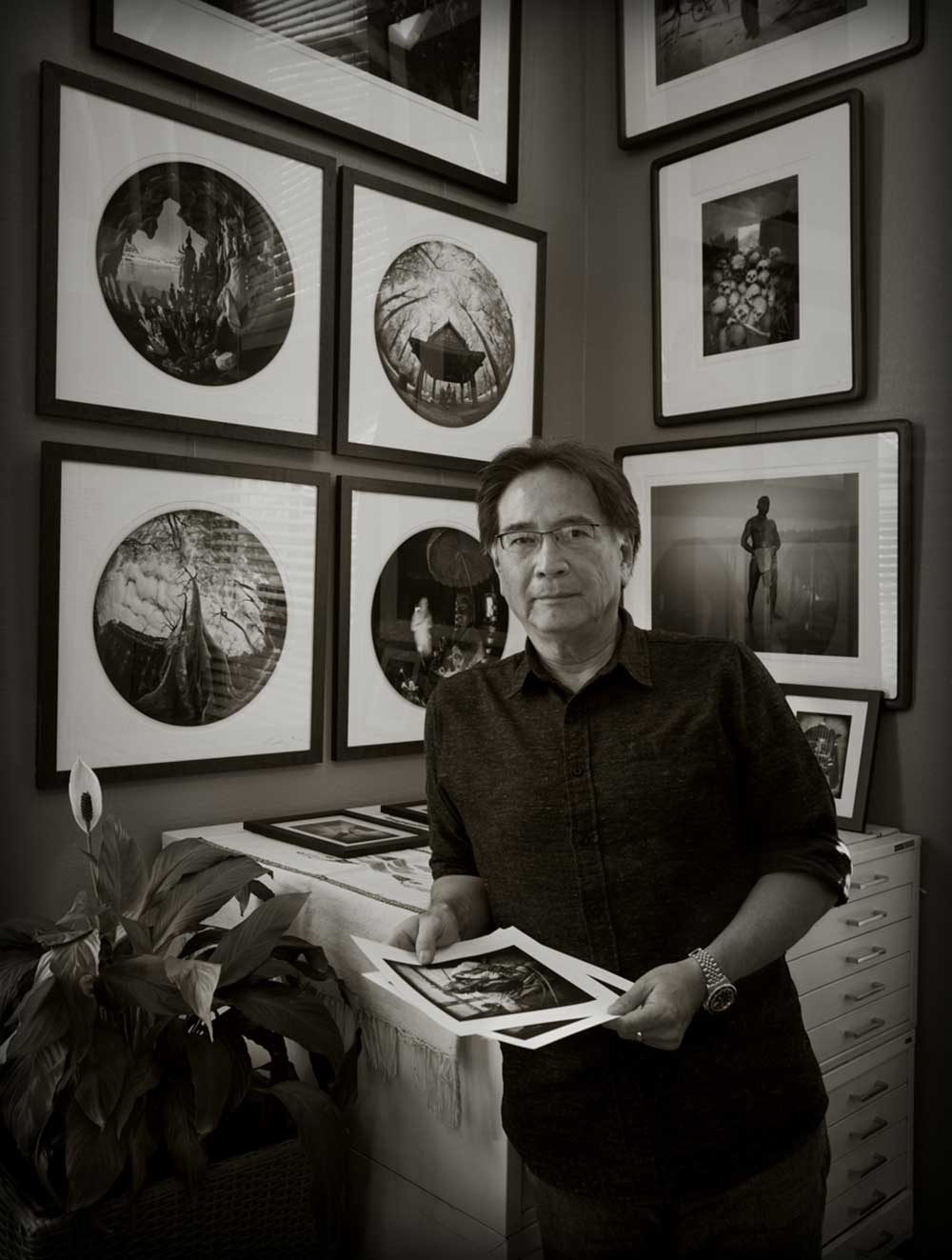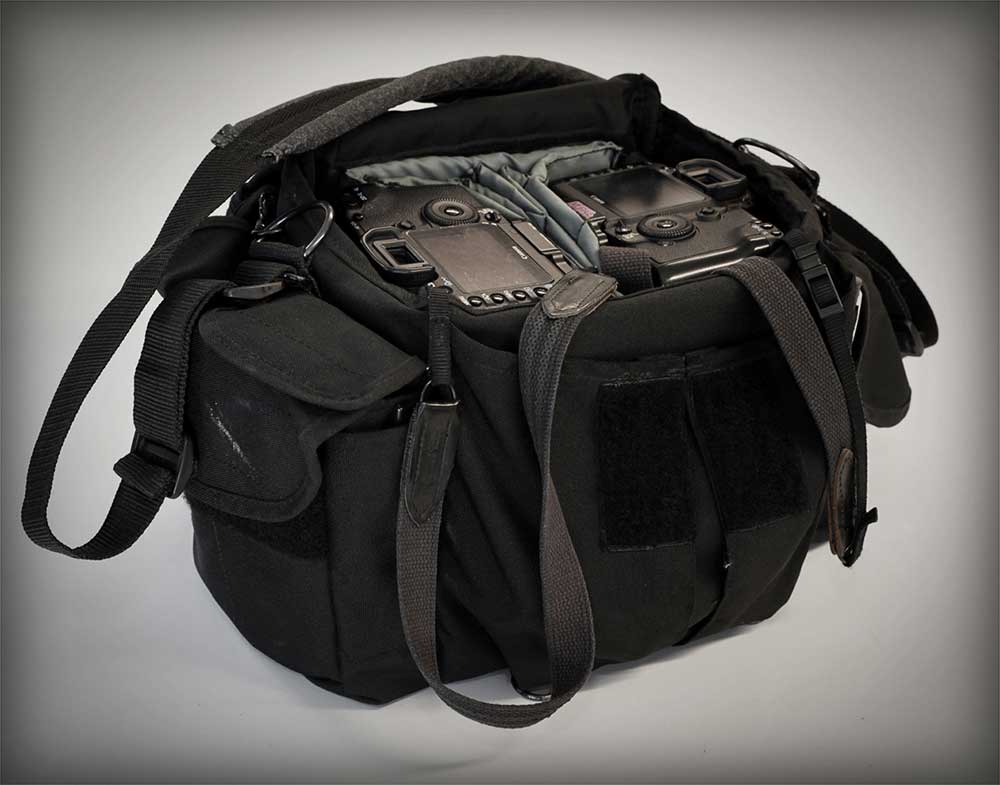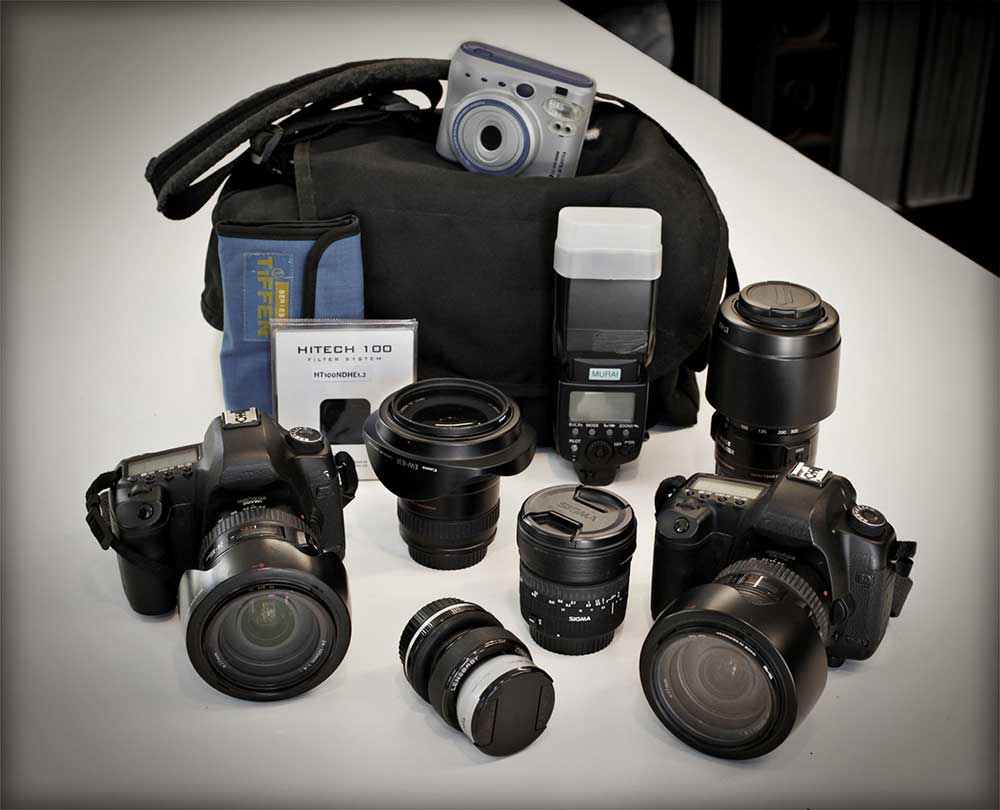Born, raised and educated in the San Francisco Bay Area, Richard Murai recently transitioned away from academia after thirty five years teaching creative photography in Northern California’s Central Valley.
His ongoing fascination with documenting sacred sites has generated travel to locations within Asia, India, South America, the Middle East, Russia, Western Europe and Oceania.
In addition to passionately pursuing his art, Richard actively exhibits, is widely collected and his work has been published here and abroad including Lenswork, Camera Arts, Silver Shotz International (AU), BBC Online and other respected journals. Recent honors include first place awards from the Travel Photographer of the Year (UK) in 2008, 2010 and 2011; a Jurors Award from the 2010 California State Fair; Best in Show from the Center for Photographic Art’s (Carmel, CA) 2015 International Juried Portfolio Competition, and honorable mentions from the 2008 Pilsner/Urquell International Photography Awards.
Richard conducts ongoing regional and foreign photography workshops to locations such as Italy, the United Kingdom and Ireland, Spain, Portugal and Morocco, South East Asia, and also hosts small-group instruction as well as individual mentoring. [Official Website]
Can you tell us a little about yourself?
I’m from the culturally diverse and politically vibrant San Francisco Bay Area. After formal training in commercial, documentary and fine art photography, I was fortunate to pursue a fulfilling thirty-five year career in photo education. The lines between student and teacher are blurred as I not only shared knowledge but was able to learn and experience vicariously through my students. The seasonal breaks and periodic sabbaticals provided opportunities to actively pursue my passion for many years, fine art ethnographic documentation.
In collaboration with the Center for Photographic Art (Carmel, CA), I will be hosting a fascinating and immersive photography tour to the sacred sites of South East Asia. The Three Kingdoms: Myanmar, Cambodia and Laos workshop is February 10-24, 2020. For more information: http://bit.ly/2HA63Ih
How did you get interested in photography?
As a disenfranchised, low achieving high school student caught up in the drama of the turbulent anti-war years of the 70’s, I borrowed my mother’s Nikon S3 rangefinder, and soon discovered the magic and alchemy of film and the darkroom. This accessible medium presented a means to internalize and creatively explore compelling personal and sociopolitical issues and the license to investigate new terrain and connect with people.
What’s in your camera bag?
Like others, I travel light with a minimum of equipment. After decades of using large and medium format film cameras, I adopted a full digital workflow about eight years ago. I prefer wide-angle lenses as they afford a more enveloping, intimate image and the opportunity to approach my subjects and establish a relationship. This intimacy is essential for conversing with people and learning about who they are. For extended or remote locations, I’ll take three Canon 5DII bodies: one RGB and one monochrome infrared conversion by Lifepixel. The third body is a backup that I store. My lenses consist of a 16-35mm/2.8 II L, and two 24-105/4 IS L lenses. For immediate access and to avoid unnecessary lens changing and sensor dust, a separate 24-105 is attached to each body. I rarely use long telephoto lenses but if needed, I’ll pack a 70-300/4 IS (non-L version) as it’s optically comparable, far less expensive and smaller, lighter and less obtrusive than the L version. I own both but prefer the cheaper version. As a long time user of Kodak infrared B&W film, I use a converted monochrome infrared 5DII. It offers the ability to compose and immediately preview IR without the downsides of traditional IR film. I also incorporate Zeiss Softar filters in various sizes to create the beautiful irradiated highlights found in traditional IR film.
In order to expand my visual vocabulary and diversify my work, I enjoy creating soft focus images using a Lensbaby Composer with a plastic lens and a cheap wide-angle adapter. I’ve also been exploring the peculiar 180° field of view from a Sigma 8mm/3.5 circular fish eye with my monochrome infrared DSLR. I rarely carry these at the same time with my traditional lenses, as I prefer to spend time working with only one or the other. Pursuing alternate technology towards new outcomes is revitalizing.
For fill light and to introduce first curtain, slow shutter speed motion effects, I carry a Canon 580 EXII compact strobe and a spare set of rechargeable Sanyo Pro NiMH batteries. For many years I’ve offered gifts of instant photographs from either a Polaroid SX-70 or now, a Fuji Instax to those that I photograph. This simple gesture puts people at ease and although smart phones are universal, many people in remote, underdeveloped locations may never have a photograph of themselves.
I prefer a more reflexive, hand-held approach but am not averse to using a tripod for subjects that are contemplative or require long exposures. I also carry a remote cable release, cleaning cloths, small screwdriver set, several I gallon Zip-Lok bags and personal items such as snacks, hand cleaner, DEET bug repellent, and most importantly, toilet paper!
What’s the most surprising thing you carry?
This is nothing new but I find that a Fuji Instax instant camera is indispensable. Over the years, paying subjects for photographs is now widespread so, understandably, many now expect money. Photographers want instant returns during their limited visits and will pay in order to fill their shot lists in the least amount of time. I attended this year’s Kumbh Mela in Allahabad, India, and was surprised to find that all the sadhus (holy men) wanted to negotiate payment in order to be photographed with many fake sadhus cashing in. I respect enterprising locals and am not all surprised after how international contingents of zealous photographers approach them. Although I try to treat everyone with respect and dignity, I too am part of the problem. But for me, the subject-photographer relationship is altered and is not a practice that I support. I never pay my subjects but instead use a Fuji Instax instant camera and gift photographs to my subjects. It’s a simple gesture that many appreciate. I encourage my groups to generously donate to the monasteries, schools or clinics that we visit but I’m reluctant to pay for a photograph.
What is the one thing you couldn’t live without?
This is a hard one! Other than of course a camera and lens, I never leave home without an essential array of travel meds that includes the usual broad-spectrum antibiotic, acetaminophen, Pepto Bismol and anti-diarrheal tablets, electrolytes, and a supply of cheap ear plugs! I also carry a small prescription of hydrocodone as a half tab knocks out upper respiratory coughs. In addition to myself, I sometimes have to care for others on my workshops.
What are some of the details that you find essential for your style of bags?
I rely on repetition when I pack and on muscle memory while in the field. I travel with a small carry-on Think Tank Airstream roller case and a small, twenty-year old Tenba Metro Press Pac shoulder bag that I work out of in the field. This long-discontinued, soft black canvas bag molds to the body and can accommodate two bodies, three lenses, speed light, snacks, etc. Backpacks aren’t a workable solution for me. Like many, I work quickly and after years of repetition know exactly where my equipment is and can instinctually access everything. I can also quickly re-bag my equipment for mobility and concealment while in transit. I mask manufacturer branding with black tape and don’t use straps emblazoned with logos. I’m essentially a foreigner so the more discreet I am and the more rag-tag my equipment appears, the less attention I draw and the more relaxed the subjects tend to be.
What are the important things for protecting your camera gear?
In addition to using protective lens filters, whether in transit or in the field, I package bodies and lenses in plastic bags. I have duplicate lenses for each body so I rarely change lenses in the field. This saves time and protects the sensor. When changing lenses I do so quickly with the sensor pointing down. Between trips I always blow out my equipment, inside and out, with a small compressor. Ultrasonic vibrations from flying are tough on equipment so I periodically submit pieces for cleaning and adjustment.
Can you give me the essential carry kit when traveling the globe (bags, accessories etc.)?
This seems like a lot but it’s very manageable.
Tenba Metro Press shoulder bag
• Two Canon 5DII bodies; one conventional and one monochrome infrared, spare batteries
• 2 – 24-105/4 L zooms and shades
• 16-35/2.8 L with lens shade
• 12 – 8-16GB CF cards, Think Tank wallet
• Fuji Instax, film packs
• 580EX-II speed light and two sets of Sanyo Pro NiMH rechargeable batteries and charger
• Remote release cable
• Hi output mini LED flashlight
• Old iPhone with SIM cards, old iPod and cheap ear buds
• Maps, journal, hand sanitizer, toilet paper!
• Smashed candy bars, melted chocolate and chewing gum
Think Tank Airstream carry-on
• Canon 5DII body
• 70-300/4 IS and shade
• Lensbaby Composer Pro with plastic lens, Tokina wide-angle adapter
• Sigma 8mm/3.5 fisheye
• 25mm extension tube
• Zeiss Softar II filters, 82mm, 77mm, 58mm
• Neutral density graduated filters – 2 and 4 stops
• 11” Macbook Air, charger, cables
• 1TB portable hard drive
• Card reader
• International plug adapters, chargers, cables, camera batteries
• Cleaning cloths, compact screwdriver set, Super Glue
Optional (dependent on anticipated needs or if I’m hosting a photography workshop)
• Godox AD200 portable speed light, transmitter, diffusers and Profoto compact stand
• Gitzo 1227 carbon tripod and Acratech ball head and RRS quick release
• Viewsonic M1 mini video projector









